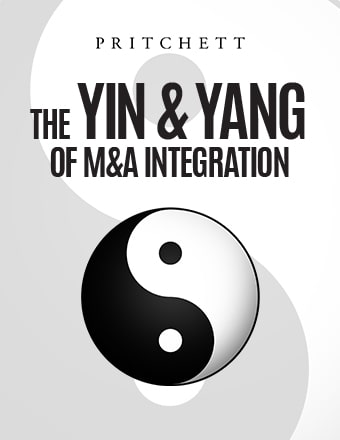While you wrestle with that question for a minute, think about how much money is at stake. Then consider the number of people in the two companies ... all the careers that are involved ... the lives you’re playing with here. You might also reflect on how all the other stakeholders are watching intently—your customers, suppliers, bankers, the public who owns your stock. And, of course, the press may be hanging around just aching for a hot story about how things are going wrong. Your competition would love to make a field day out of this.
Obviously there is a lot on the line here. The next few months aren’t going to be a day at the beach.
It’s interesting how a business acquisition is always based on a financial proposition. But once the papers are signed, success depends on management effectiveness. And no matter how well conceived the deal is, it’s not a good one if management fails to make it work.
The integration strategy has to be right. The timing has to be right. The right people have to be put in the right places.
It’s not enough to be busy—you have to be busy doing the right things. The situation is very unforgiving.
Now for the answer to the big question we asked at the beginning:
“Out of every one hundred companies that cut a deal, fifty get cut to shreds in the months that follow. Making the deal is just a warm-up . . . the real job is making it work.”





